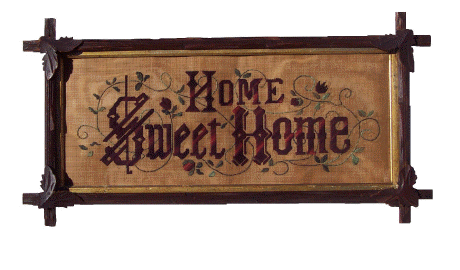Sealing Your Garage Floor Against Water
Sealing Your Garage Floor Against Water
 A tricky problem to diagnose and resolve is the ongoing appearance of moisture on your garage floor. Don’t just start trying out solutions. Embarking on costly repairs might just be throwing money at your problem without solving it, until you have ascertained the exact cause of the water problem you will probably not solve it. The first step is to analyze the moisture problem–is there any pattern in the appearance of moisture that you can connect to weather, humidity, or any activities going on around your house? If there is an obvious connection there are solutions but the solution will vary according to whatever is the source of moisture. Another important clue to what may be happening is the condition of the floor–if there are any cracks water may be seeping up through them. Find out what your area’s water table levels are. If they are high, or fluctuate, you might be able to diagnose that as the source of your problem. Epoxy formulas are available to seal the crack and eliminate the problem. You need to understand the pitfalls of using epoxy–it must be applied at the time of year when water table levels fall so that the floor is totally dry. The crack must be free of dirt and debris also or you will not get a good seal.
A tricky problem to diagnose and resolve is the ongoing appearance of moisture on your garage floor. Don’t just start trying out solutions. Embarking on costly repairs might just be throwing money at your problem without solving it, until you have ascertained the exact cause of the water problem you will probably not solve it. The first step is to analyze the moisture problem–is there any pattern in the appearance of moisture that you can connect to weather, humidity, or any activities going on around your house? If there is an obvious connection there are solutions but the solution will vary according to whatever is the source of moisture. Another important clue to what may be happening is the condition of the floor–if there are any cracks water may be seeping up through them. Find out what your area’s water table levels are. If they are high, or fluctuate, you might be able to diagnose that as the source of your problem. Epoxy formulas are available to seal the crack and eliminate the problem. You need to understand the pitfalls of using epoxy–it must be applied at the time of year when water table levels fall so that the floor is totally dry. The crack must be free of dirt and debris also or you will not get a good seal.
A more serious problem would be if you discover there is an artesian spring under or near your garage floor. This necessitates a more extensive solution. The hydraulic pressure that such a spring can create is probably impossible to overcome, and the only way to solve the problem is to give the water somewhere else to flow. You may need to dig a trench around the perimeter of the concrete slab, and create a way for the water to drain with drain rock and pipes. Generally you will not need to excavate underneath the garage itself, provided there is a drain route of rock layers surrounding the slab. Another possible reason for moisture to keep accumulating on your garage floor is the quality and thickness of the concrete. If they are sub-par, the water may be able to seep through the concrete and accumulate in surprising amounts. The solution is to move away material near the exterior wall and then use a concrete sealer. There are garage floor coatings you can use that create a water barrier. You apply them to the floor and the inside walls. If possible, however, the preferred solution is to prevent the water from getting to the concrete or getting into it. The last possible source of unexplained moisture is the point where the garage floor connects to the stem wall. The two structural points are not poured at the same time, and may not be waterproof where they connect; or any bond between them may have become compromised. The solution is to remove any fill material and use a sealant.



